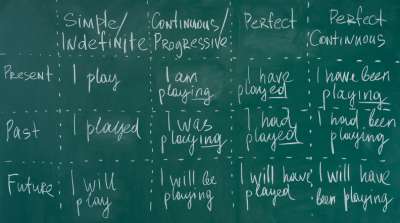What Is Meaningful Access to the General Curriculum?
The purpose of providing comprehensible input to English-language learners with learning difficulties is to ensure that they have meaningful access to the general curriculum. In essence, this means that students are entitled to instruction that deals with grade-appropriate content, concepts, and skills.
What, then, is meaningful curriculum access for an English-language learner with learning difficulties? Two examples may help to clarify the meaning of this concept.
- If students in a particular district are learning about the weather in grade four, then English-language learners with learning difficulties in grade four should be learning the key concepts about the weather.
This may or may not mean that these students use the typical fourth-grade science text. English-language learners need to be explicitly taught how to access grade-level texts, and the materials may require adaptation to meet the students' needs. It does mean that these students receive something extra to ensure that they learn the key principles in that unit of fourth-grade science.
- If learning about character clues and character motivation in a novel is a major district objective for grade six, then these students should be reading novels, being taught how to detect character clues, and being given opportunities to write about character clues.
The novel may be at less than sixth-grade readability, if this fits the students' current English-language reading ability.However, the novel should contain engaging characters with interesting motives and clues as to reasons for the decisions they make. In this way, the concept of character motivation is taught to these students in a way that is comprehensible to them.
Excerpted from Teaching English-Language Learners with Learning Difficulties
More resources on Teaching English-Language Learners with Learning Difficulties









